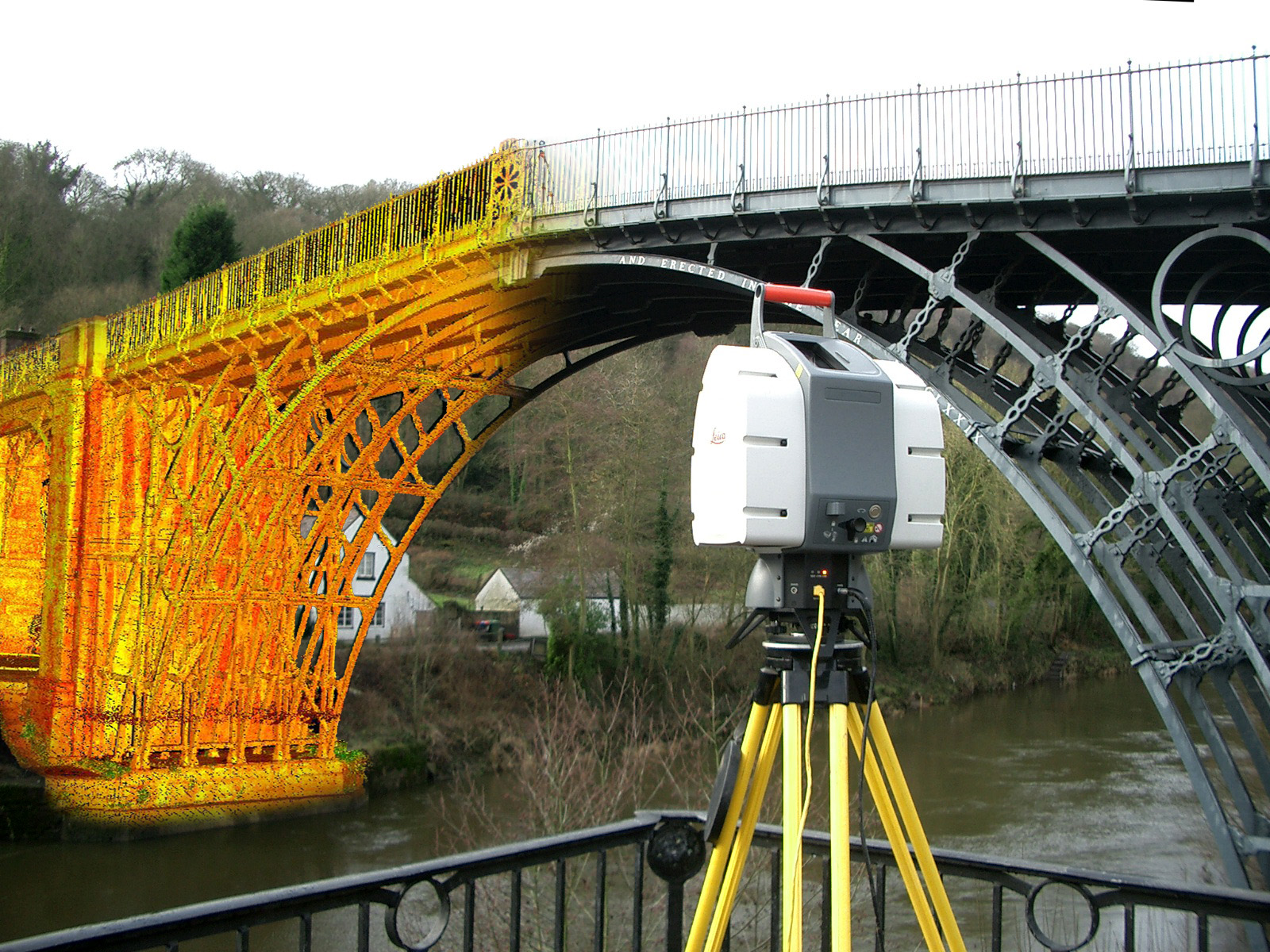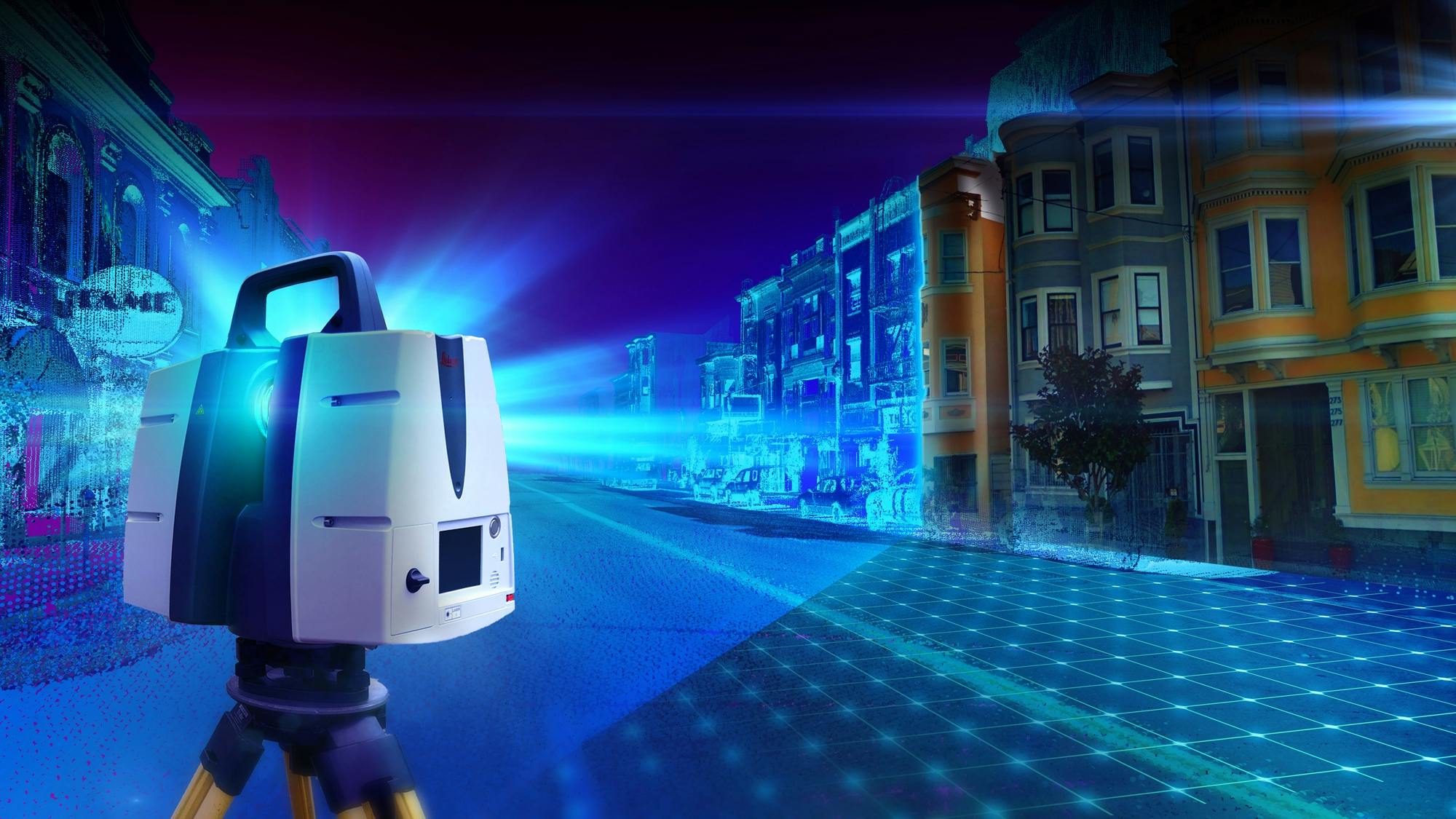Top Mistakes to Avoid When Using 3D Scanning
Exactly How 3D Laser Scanning Transforms Architectural Design and Construction Projects
3D laser scanning is transforming the landscape of architectural layout and construction. This innovation offers unrivaled precision in catching existing atmospheres, which assists in much better project preparation and implementation. It minimizes errors while boosting efficiency in numerous phases of development. The effects for partnership among architects, engineers, and other stakeholders are considerable. These innovations open the door to brand-new style opportunities and innovative solutions. What exists in advance for this progressing technology?
The Principles of 3D Laser Scanning Modern Technology
3D laser scanning technology may appear complex, its core concepts are transformative and straightforward for building style. This modern technology uses laser beam of lights to capture accurate measurements of physical structures, generating a detailed factor cloud that stands for the scanned environment. A laser scanner emits quick pulses of light, gauging the time it considers the light to return, which allows for the calculation of ranges with impressive accuracy.
The resulting point cloud can be converted into a 3D version, providing designers with important aesthetic information. This model makes it possible for specialists to analyze and control style components within their tasks, enabling ingenious options and improved visualization. By using 3D laser scanning, designers can much better comprehend the current problems of a site, guaranteeing that brand-new layouts harmonize with their surroundings. This integration of innovation right into architectural layout marks a substantial innovation, fostering creativity and precision in the field.

Enhancing Accuracy and Effectiveness in Architectural Projects
As building jobs significantly demand precision and rate, 3D laser scanning becomes a crucial device in enhancing both precision and effectiveness. This modern technology captures countless data factors in a quick duration, developing detailed and accurate 3D versions of existing frameworks. The ability to acquire accurate measurements minimizes the danger of mistakes throughout the design phase, permitting engineers to envision their jobs with exceptional clarity.
The quick data collection process reduces the time invested on-site, enabling teams to focus on evaluation and design enhancements. With real-time data schedule, adjustments can be made promptly, promoting an extra structured operations. The integration of 3D laser scanning right into architectural techniques not only enhances measurement precision but also boosts the general job timeline, assisting in quicker decision-making. In an industry where accuracy is important, this innovation stands as a transformative force, elevating the requirements of architectural design and building and construction projects.
Streamlining Collaboration Amongst Stakeholders
While traditional architectural procedures frequently include fragmented interaction amongst stakeholders, 3D laser scanning promotes a more cohesive collective environment. By providing specific, high-resolution data, this technology permits designers, service providers, customers, and engineers to run from a unified point of recommendation. The comprehensive visualizations generated with laser scanning eliminate false impressions and obscurities, making certain that all celebrations have access to the same info.
This openness improves decision-making and encourages prompt comments, as stakeholders can quickly picture style elements and spatial partnerships. Furthermore, the integration of 3D scanning data into Building Info Modeling (BIM) platforms further simplifies cooperation, permitting real-time updates and alterations. Such seamless interaction not just lessens problems but additionally increases task timelines, as all stakeholders remain lined up throughout the style and construction stages. Inevitably, 3D laser scanning changes traditional process right into a more efficient and collaborative process, benefiting all parties entailed.
Unlocking Innovative Possibilities in Layout
By making it possible for engineers to picture intricate spatial partnerships and detailed information, 3D laser scanning discloses creative possibilities in layout. This technology permits for accurate mapping of existing settings, enabling designers to explore ingenious concepts that could have previously appeared unwise. With highly exact data, developers can experiment with unusual types and materials, pushing the limits of conventional style.
The combination of 3D laser scanning right into the layout process promotes partnership among multidisciplinary groups, urging the exchange of ideas and improving creativity. The detailed visualizations produced by this innovation not only help in recognizing prospective layout difficulties yet also influence services that might not have read this been thought about. Therefore, engineers can create a lot more dynamic and engaging areas that reverberate with users while satisfying practical demands. Eventually, 3D laser scanning transforms the building landscape, encouraging developers to recognize their visions with unmatched precision and creative thinking.
The Future of 3D Laser Scanning in Architecture and Construction
The assimilation of 3D laser scanning into architectural layout not just improves creativity yet likewise establishes the stage for its progressing duty in the future of design and building and construction. As technology advances, the accuracy and effectiveness of laser scanning will certainly proceed to improve, making it possible for engineers and home builders to develop more complex styles with accuracy - 3D Scanning. The usage of this modern technology in real-time data collection will certainly facilitate better decision-making, decreasing mistakes and enhancing workflows
Future applications might include increased visit this site and virtual reality assimilations, allowing stakeholders to imagine jobs in immersive settings. Additionally, as sustainability comes to be a top priority, 3D laser scanning will certainly sustain the development of energy-efficient styles by providing detailed insights right into existing structures. As cooperation among numerous self-controls ends up being even more necessary, the capacity to share exact 3D designs will certainly promote advancement and improve project outcomes. Inevitably, 3D laser scanning will redefine criteria in building design and building and construction techniques.
Frequently Asked Inquiries
What Is the Cost of Applying 3D Laser Scanning Technology?

For how long Does a Typical 3D Laser Scanning Task Take?
A normal 3D laser scanning task can take anywhere from a few hours to several days, relying on variables such as the task's dimension, intricacy, and the degree of detail needed for precise data capture.
What Kinds of Projects Benefit A Lot Of From 3D Laser Scanning?
3D laser scanning benefits numerous tasks, specifically massive buildings, historic remediations, and intricate renovations. It enhances accuracy in measurements, lowers mistakes, and supplies thorough information essential for efficient preparation and execution in architectural style and building.

Exist Particular Software Programs Required for 3D Laser Scans?
Yes, certain software application programs are important for processing 3D laser scans. 3D Scanning. Popular options consist of Autodesk Wrap-up, Faro Scene, and Leica Cyclone, each offering special attributes customized for envisioning and analyzing scanned information properly in different tasks
How Does 3D Laser Scanning Influence Environmental Sustainability in Construction?
3D laser scanning improves ecological sustainability in construction by decreasing product waste, making it possible for exact measurements, and promoting reliable resource usage. This modern technology enables far better preparation, lowering the ecological footprint of building projects via enhanced precision and performance.
3D laser scanning is changing the landscape of architectural layout and construction. 3D laser scanning modern technology might appear complicated, its core principles are transformative and uncomplicated for building style. i loved this By making it possible for engineers to visualize complicated spatial partnerships and complex information, 3D laser scanning reveals innovative opportunities in style. The combination of 3D laser scanning right into the design procedure promotes cooperation among multidisciplinary groups, encouraging the exchange of concepts and enhancing creativity. The integration of 3D laser scanning into architectural style not just boosts creative thinking yet additionally sets the phase for its evolving duty in the future of architecture and construction.